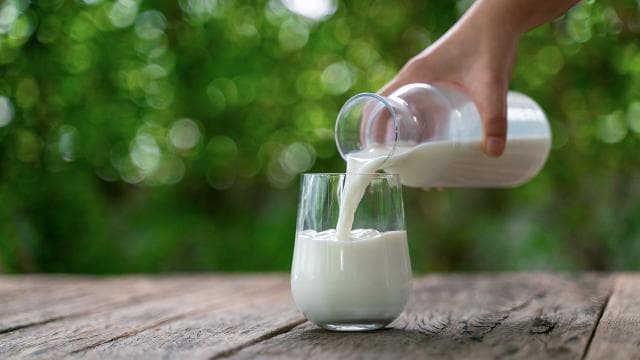
Lactose free milk production has increased in recent years. It is one of the products that stand out on the market shelves. So, what does lactose free milk mean? What does lactose mean? How does lactose relate to lactose intolerance?
Lactose is a sugar found in milk. And it is only found in milk. That’s why it’s known as ‘milk sugar’. It is a disaccharide. It is formed by the combination of glucose and galactose.
Lactose intolerance is caused by the inability to digest the lactose in milk. The enzyme lactase is involved in the digestion of lactose. The lactase enzyme breaks down lactose into glucose and galactose. Lactose intolerance occurs in the absence of lactase enzyme or in cases where the lactase enzyme cannot fully perform its task. Symptoms such as gas, abdominal pain, cramping, nausea, diarrhea and vomiting may occur.
There are ‘lactose free milks’ available for individuals with lactose intolerance to consume milk comfortably. In the production of theese milk, the enzyme lactase is added to the milk. Thanks to the enzyme, lactose is broken down into glucose and galactose. It facilitates digestion. And an increase is observed in the amount of glucose and galactose in milk. Therefore, this type of milk is sweeter than regular milk. Because glucose and galactose have a higher sweetness than lactose.
The perception that ‘there are additives in lactose-free milk’ is wrong. It is an enzyme, not an additive used. Enzymes are made of protein and take part in biochemical reactions that take place in living things.







Thanks for the article. I learned that lactose and lactase are different, thank you. Please go on writing articles like this.
Thank you for your comment.
I will continue to add new content. Stay tuned, have a nice day 🙂